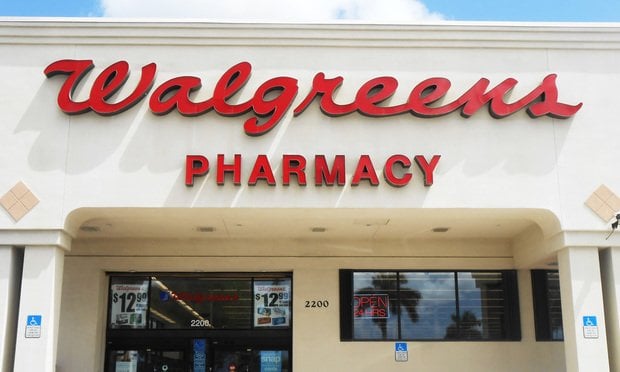 Interest in supplemental life insurance and accidental death and dismemberment insurance has increased significantly in the past year, while telemedicine has seen a decrease. (Photo: Shutterstock)
Interest in supplemental life insurance and accidental death and dismemberment insurance has increased significantly in the past year, while telemedicine has seen a decrease. (Photo: Shutterstock)
A new market report finds that employers are offering a wider range of plans, including high-deductible health plans (HDHPs) in response to a diverse work force that is demanding more choice in employee benefits.
The 2019 Medical Trends and Observations Report, published by consulting firm DirectPath in collaboration with Gartner, is based on an analysis of more than 1,000 employee benefit plans from nearly 200 companies. It found that significant changes are being made in benefit offerings, with employers seeking to provide workers with more options in a tight job market.
“The 2019 report indicates that employers are increasingly designing benefits strategies that deliver the personalized options employees expect in today's competitive marketplace, while containing health care costs at both the individual and organizational level,” the company said in a release.
Related: 'Large employers can lead' in benefits space
Driving this customizing are changes in demographics. The report said that employers are seeking to offer financial protection and lifestyle benefits that target Gen X, Millennial, and Gen Z workers—who are less likely to be focused primarily on health benefit as compared with older workers.
For example, the study finds new interest in voluntary benefits such as adoption assistance (offered by 19 percent of employers), backup childcare (7 percent), and financial wellness checks (7 percent).
Other benefits have also grown in popularity. Supplemental life insurance offerings jumped to 75 percent, up from 45 percent a year ago. Accidental Death and Dismemberment insurance offerings doubled—from 30 percent of employers last year to 60 percent this year.
One surprising finding was a drop in telemedicine offerings. After showing that 55 percent of employers offered telemedicine as a health care option in 2017, this year's survey found that only 42 percent of employers offered telemedicine in 2018. This goes against the grain of other industry trends, where telemedicine is generally considered a growing field. The report noted, “While this [finding] may be due to the relatively low utilization rates of these types of plans, employers may want to reconsider this strategy—and beef up their communications promoting the program—as recent research indicates that millennials are increasingly electing 'on demand' health care in place of a primary care physician.”
Other findings from the DirectPath report:
- 51 percent of all employers offer tax-advantaged reimbursement accounts in conjunction with HDHPs. The majority of these, 79 percent, offer Health Savings Accounts (HSAs), while only 21 percent offer Health Reimbursement Arrangements (HRAs). (Roughly 10 percent of employers offer both, because they sponsor more than one HDHP).
- In the area of wellness, 42 percent of employers are offering wellness incentives, up from 20 percent last year. Biometric screenings and health risk assessments were the most-offered options, with 30 percent and 28 percent of employers offering them, respectively. In addition, employers are expanding the definition of wellness–giving workers incentives for dental checkups, second opinions, use of a center of excellence, or when employees improve the “wellness” of their community by donating blood or volunteering.
- HDHP offerings increased to account for 41 percent of all offered plans, after several years of holding steady at around 30 percent. The report said the increase may reflect a desire by employers to offer a range of plans to a multigenerational workforce. Employers may also be promoting HRAs and HSAs as a tool for saving for the future as well as for addressing current health care costs, the report added.
- In the area of drug costs, 12 percent of employers covered preventive drugs at no cost and a handful covered them at a lower cost (lower copay or higher coinsurance level) than generic medications. With so much utilization of prescription drugs, employers may be trying to ease the blow of deductibles for workers who have chronic conditions, the report suggested.
Kim Buckey, VP of client services at DirectPath, said the report showed that employers are trying to address both employee demand for individualized options and the challenge of controlling benefit costs. “Organizations are taking steps to provide employees with more options than ever before – whether that's through an expanded voluntary benefits package or rewards for a broader range of wellness behaviors,” she said. “The key now is to educate employees on the value of these offerings so they can best utilize them – and ultimately drive down health care costs for themselves and for their employers.”
Read more:
© 2025 ALM Global, LLC, All Rights Reserved. Request academic re-use from www.copyright.com. All other uses, submit a request to [email protected]. For more information visit Asset & Logo Licensing.







